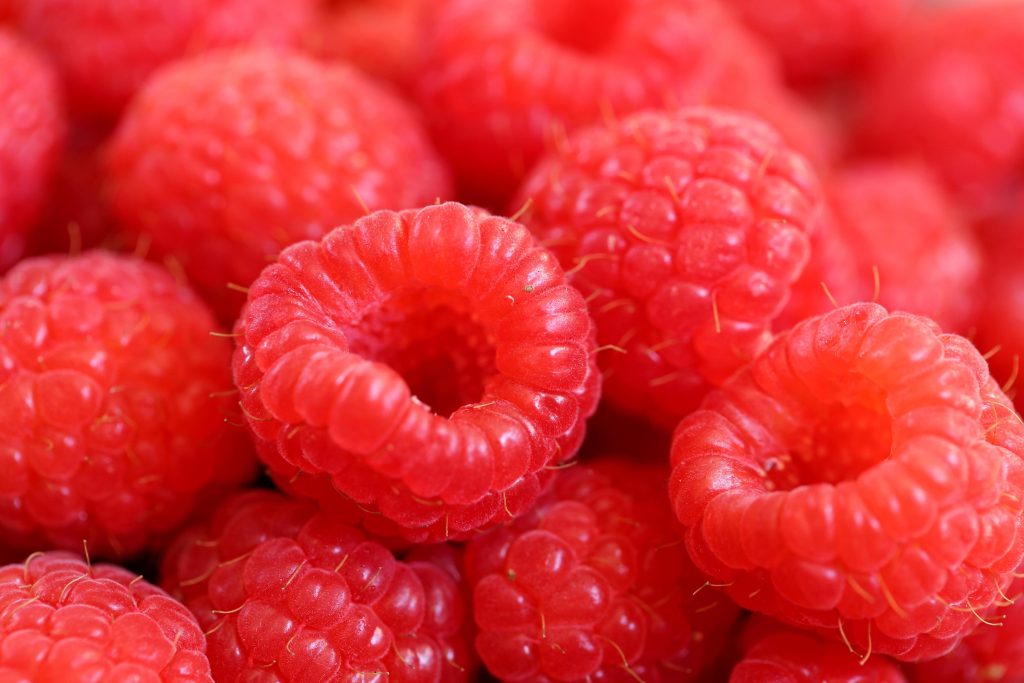Food Photography-Composition Magic

Composition is the secret ingredient that can take your food photography from ordinary to extraordinary. By carefully arranging elements within the frame, you can create images that are not only visually appealing but also tell a compelling story. In this article, we’ll explore the art of composition and how it can elevate your food photography to new heights.
- Finding the Right Angle: Experiment with different angles to find the most flattering view of your dish. Whether it’s a straight-on shot or a bird’s-eye view, each angle offers a unique perspective that can enhance the visual appeal of your photo.
- Playing with Perspective: Use perspective to add depth and dimension to your images. Shooting from above can highlight the textures and colors of your dish, while shooting from below can create a sense of drama and grandeur.
- Utilizing Negative Space: Don’t be afraid to leave empty space in your photos. Negative space can draw the viewer’s eye to the main subject and create a sense of balance and harmony in the composition.
- Incorporating Leading Lines: Use lines within the frame to guide the viewer’s eye towards the main subject. Whether it’s a row of utensils or a diagonal tablecloth, leading lines can add visual interest and draw the viewer deeper into the image.
Example: Imagine a close-up shot of a decadent chocolate cake, captured from a slightly above angle to showcase its layers and textures. The use of negative space around the cake draws the viewer’s eye to the delicious dessert, while leading lines in the form of chocolate drizzle guide them towards the focal point.
Conclusion:
By mastering the art of composition, you can create food photos that not only look beautiful but also tell a story. Whether you’re aiming to showcase a single dish or tell the story of a culinary experience, the right composition can make all the difference.